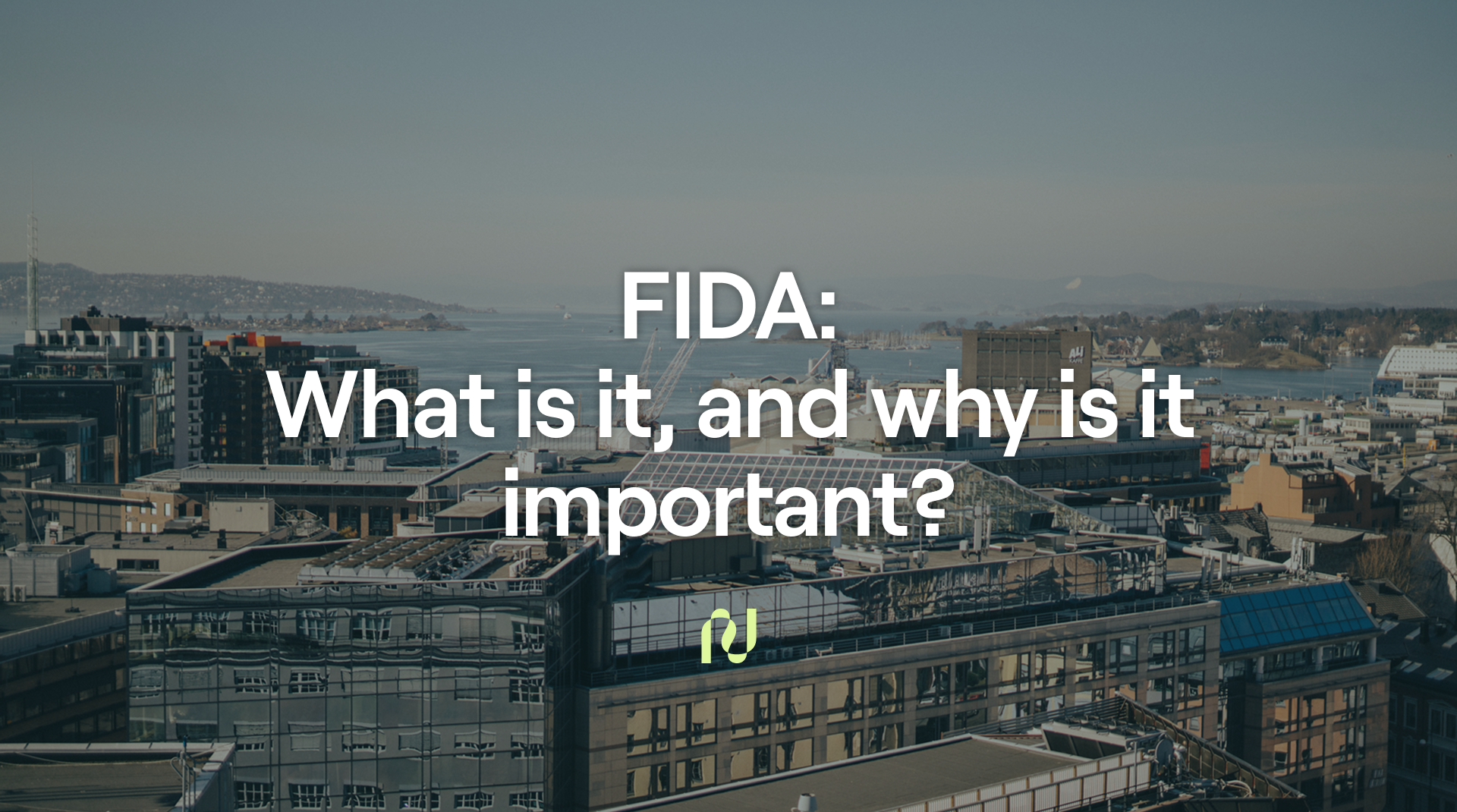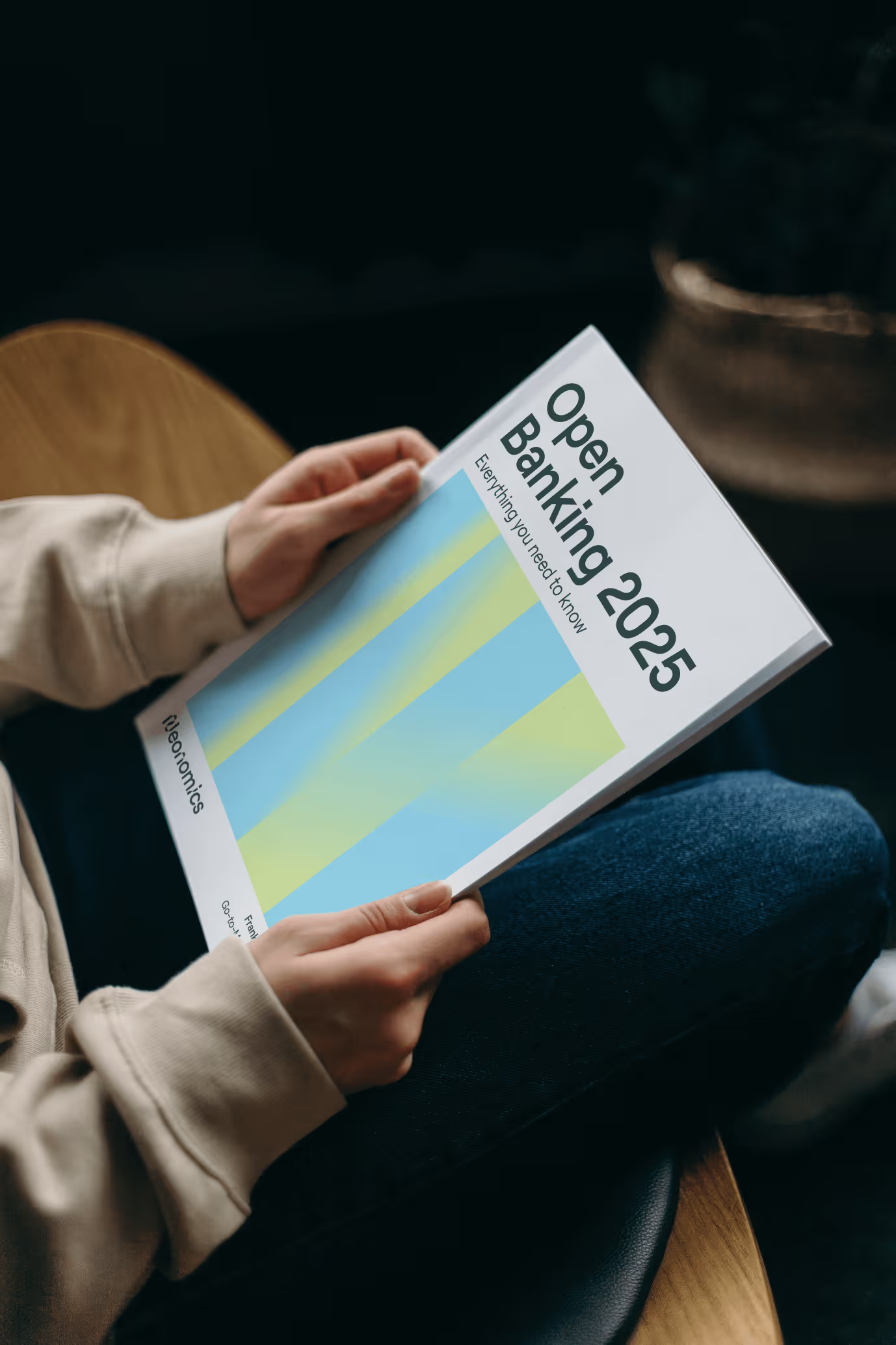What is open banking?
Open banking, driven by the EU’s second payment services directive (PSD2) in 2018, is an industry shift that enables individuals and businesses to grant authorised third-party providers secure access to their financial data, allowing them to provide better financial services (such as being able to initiate payments directly from their bank account). In other words, it cuts out the middleman (such as cards), enabling you to do so much more with your account, such as making payments even easier. Although its immediate effect was felt in payments, the data provided by open banking offers opportunities for businesses to further add value to their customers.
How does it work?
By cutting out the middleman, open banking allows anyone with a bank account to initiate digital payments swiftly and securely. How it works is that through PSD2, banks must allow authorized and licensed TPPs (third party providers) to access customers’ financial data with their consent. Individuals are asked to grant consent through SCA (Strong Customer Authentication), allowing TPPs to access their financial data and initiate the payments on their behalf. As a result, TPPs and businesses are able to build financial products on top of that to further improve customer experiences on digital platforms.
- AIS (Account Information Service): Great for budgeting apps or lending platforms access to a customer’s financial data.
- PIS (Payment Information Service): Making payments has never been easier. PIS account-to-account payments enable businesses to initiate payments directly from the customer’s bank account without the tedious process of having to type in transfer manually.

Other open banking examples and how they work:
Account Data:
Step 1: Connect to bank: Customer connects to account.
Step 2: Authenticate: Your customer authorizes access to their account.
Step 3: Overview: Your customers get a comprehensive overview of their finances.
Account Verification:
Step 1: Connect to bank: Your customer connects to their bank and selects their account they need to verify.
Step 2: Authenticate: Your customer authorizes access to their account.
Step 3: Verification: The customers’ account information is retrieved.
Benefits for Businesses
💡Open banking puts user experience at the forefront
The customer is central to open banking. So far, the narrative of benefits around open banking payments has been largely shaped around the cost savings to businesses, but where it will really excel from the customer’s perspective is user experience. Intuitive and transparent UX (user experience) in the open banking payment flow improves end users trust and confidence, resulting in higher conversion rates and stronger customer loyalty. At Neonomics, customer experience is a central and an inextricable part of all our products. We aim to deliver open banking solutions that are frictionless and make the difference. In addition to the payments side, businesses can leverage the data provided by open banking to further add value to their customers.
💡Equally convenient – but much safer
In the UK, SME online retail businesses lose an average of £4,257 a year through incidents of fraud. Card payments, while safe in general, pose a security threat when stolen or exposed in data breaches. As open banking uses your chosen bank’s security layer plus Strong Customer Authentication (SCA), they’re able to make sure it’s you initiating the transaction. Under PSD2, retailers never collect any security information for financial transactions. You never have to provide your bank details to anyone but the bank itself, making it at least as safe as online banking.
💡Cost efficient
Transaction fees for cards and wallets have been on the rise, and open banking helps tackle this. Transaction costs associated with open banking are a fraction of the cost of more traditional payment methods. A report by Yolt shows that open banking could save the average SME online retailer over £19,000 a month in transaction fees associated with credit cards by increasing the use of open banking technology. Businesses can lower their costs and and make them more predictable by leveraging open banking.
💡Open Data
The data leveraged through open banking can help overcome many business challenges by building more effective and efficient financial tools. It also provides opportunities for businesses to add further value, such as personalizing offerings, giving consumers better deals, and opening new revenue streams.
Benefits for customers (end-users)
✔️A better customer experience – providing an easier and more secure way to pay for things online.
✔️Innovative solutions – open banking allows businesses to deliver more efficient products and services.
✔️High transaction costs won’t be pushed onto the end-users.
✔️Your financial data is now all in one place, making it easier to manage your finances, take out loans, and other financial services that are better suited.
How is it regulated?
Open banking providers must be regulated by the FCA or a European equivalent. Neonomics is licensed by the Norwegian Financial Supervisory Authority (Finanstilsynet) and passported across the EU.
Open Banking in 2022
- Adoption is accelerating – The Open Banking Implementation Entity announced that open banking payments grew at a tremendous rate of 500% year-over-year. At the start of 2022, open banking surpassed its 4 million users milestone in the UK. Shortly after, this bumped up to 5 million users, and in June 2022, open banking hit a new record in the UK, reaching 6 million users – so it’s safe to say things are moving fast.
- Open banking is dominating the fintech scene – Thanks to some key big players moving into the open banking space and accelerating adoption, open banking has been the fintech topic of the year.
- We’re seeing big savings for SMEs – as mentioned earlier, a driver for open banking has been cost efficiencies. Now with hiking card fees, we’re starting to see the real-life cost efficiencies, where a report by Yolt showed that the average SME in the UK could save several thousands of euros a month in transaction fees with open banking.
Let´s talk
Do you want to learn more about our solutions? Book a meeting with Barbara Ferreira, our solution expert.
Book a demo





.png)













































